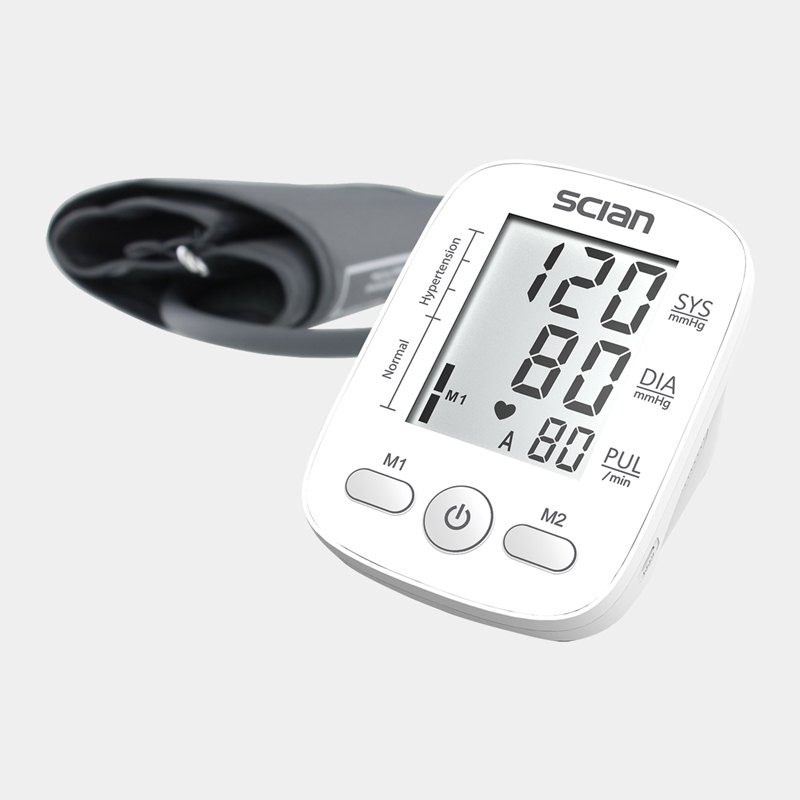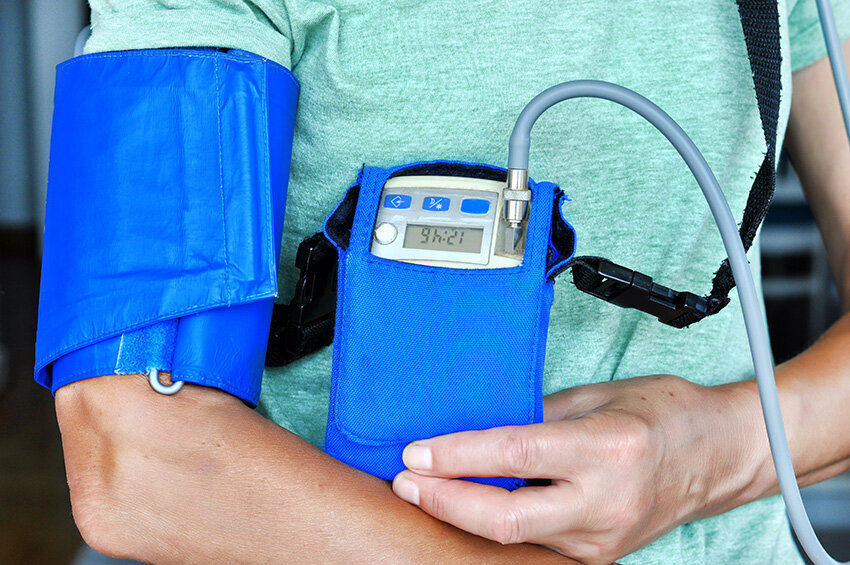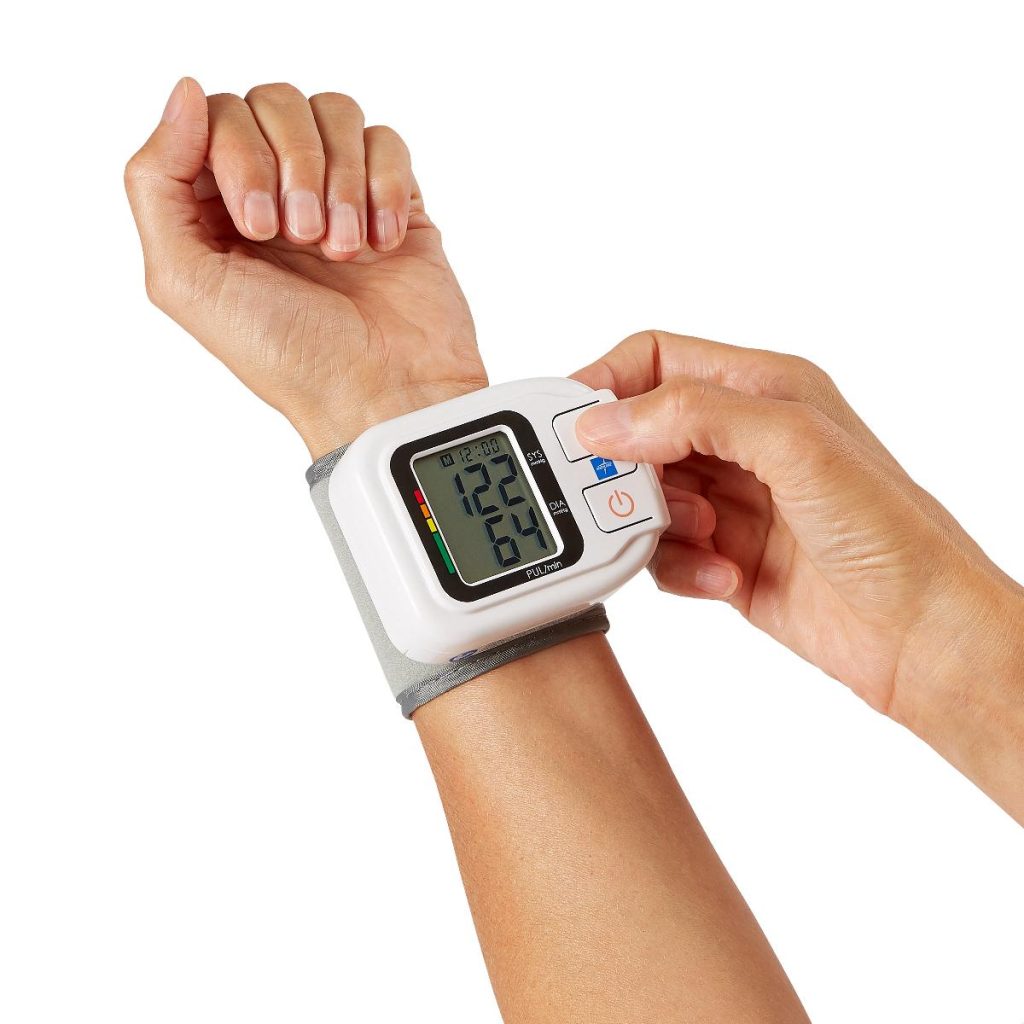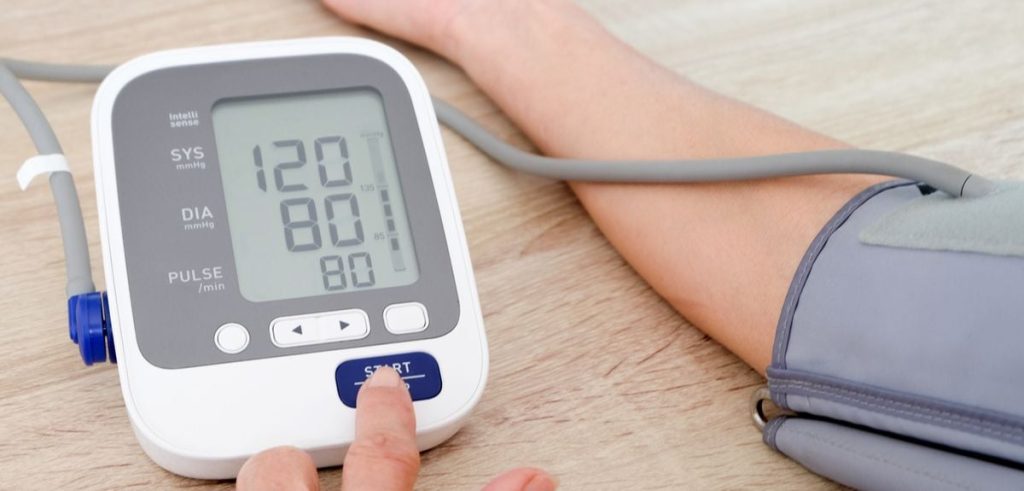High blood pressure is one of the most common and dangerous health conditions in the world — often called the “silent killer” because it can do major damage without any obvious symptoms. That’s why monitoring your blood pressure at home is one of the smartest moves you can make for your health.
But here’s the challenge: with hundreds of blood pressure monitors on the market, how do you know which one to buy? Should you go for wrist or upper-arm? Manual or automatic? Bluetooth-enabled or simple and basic?
In this guide, we’ll walk you through everything you need to know about choosing a blood pressure monitor — so you can feel confident, informed, and empowered to take charge of your health.

Why Monitor Blood Pressure at Home?
Before we dive into what to look for in a device, it helps to understand why home monitoring matters.
Benefits of Home Monitoring:
- Tracks your blood pressure regularly — helps detect patterns and trends
- Improves accuracy — no “white coat syndrome” that can raise readings at the doctor’s office
- Helps with early diagnosis — especially if you’re at risk of hypertension
- Monitors medication effectiveness
- Encourages healthier habits — you’re more likely to stay on track when you’re monitoring
For people with high blood pressure, diabetes, heart disease, kidney problems, or those simply over age 50, home monitoring is a powerful tool.
Types of Blood Pressure Monitors
There are two main categories of home monitors:
1. Upper Arm Monitors (Automatic / Digital)
These are the most recommended by doctors and health organizations.
Pros:
- Generally more accurate than wrist or finger models
- Most are automatic and easy to use
- Cuffs come in various sizes
Cons:
- Bulky to store or travel with
- Cuff positioning must be correct
2. Wrist Monitors
These are more compact and portable but can be less accurate.
Pros:
- Easier for people with large arms or limited mobility
- Great for travel
Cons:
- Highly sensitive to positioning and movement
- Often less reliable than upper-arm versions
3. Manual Monitors (Aneroid)
These are similar to the ones used in clinics, requiring a stethoscope and pumping bulb.
Pros:
- No batteries or power needed
- Preferred by trained professionals
Cons:
- Difficult for home users to operate
- Requires skill and hearing precision
Bottom line: For most people, an automatic upper-arm monitor is the best balance of accuracy, ease of use, and reliability.

Key Features to Look For
Here’s what really matters when buying a blood pressure monitor:
1. Accuracy
This is the most important factor.
- Look for monitors validated by a recognized authority, such as the American Heart Association (AHA) or British Hypertension Society.
- Check for a seal or certification that indicates clinical validation.
- Accuracy can also depend on correct cuff size and proper usage — more on that shortly.
2. Cuff Size and Fit
An incorrectly sized cuff can lead to inaccurate readings — either too high or too low.
- Measure your upper arm’s circumference.
- Most monitors come with standard cuffs (22–32 cm), but if your arm is larger or smaller, you’ll need a large or small cuff.
- Some models offer adjustable or extra-large cuffs as options.
Tip: Don’t just go by height or weight — measure your arm for the best fit.
3. Ease of Use
You want a device that is simple to operate, especially if you’re using it daily or have older family members using it.
Look for:
- One-touch operation
- Large, readable display
- Voice prompts or color indicators (optional but helpful for seniors)
- Clear instructions
4. Memory and Data Storage
This feature allows you to track readings over time — essential for spotting trends and sharing with your doctor.
- Some models store up to 100 or more readings per user.
- Look for multi-user capability if more than one person is using the device.
- Some advanced models can average multiple readings for improved accuracy.
5. Smart Features / Bluetooth Connectivity
Modern monitors can sync with your smartphone or tablet via Bluetooth or Wi-Fi.
Benefits:
- Easily stores and graphs data
- Sends reminders to take readings
- Exports data for healthcare providers
- Some apps even detect irregular heartbeats or provide coaching
Top brands like Omron, Withings, and iHealth offer robust app integration.
6. Power Options
Blood pressure monitors are usually battery-operated, but some offer AC adapters.
- Battery-operated models are portable
- Plug-in options are great for daily use without worrying about battery life
Choose based on your lifestyle.

Extra Features That May Help
Some devices include bonus features that may or may not be necessary, depending on your needs:
- Irregular heartbeat detection
- Hypertension risk indicators
- Positioning guides (especially for wrist models)
- Multiple user profiles
- Morning and evening average tracking
While these aren’t essential, they can provide added value and insight into your cardiovascular health.
What About Cost?
Prices can range from $30 to $150+, depending on features, brand, and accuracy.
- Budget models ($30–50): Simple, reliable, but limited memory or features
- Mid-range models ($60–90): Better accuracy, more storage, possibly Bluetooth
- High-end models ($100+): Advanced features, professional-grade accuracy, smart syncing
Don’t just buy the cheapest one. Choose a model that offers good value, reliability, and fit for your health goals.

Recommended Brands
Some of the most trusted and validated brands include:
- Omron – Industry leader, highly accurate, widely recommended by doctors
- Withings – Stylish and smart monitors with app support
- iHealth – Affordable, app-friendly options with good design
- Beurer – German brand with reliable models and large displays
- A&D Medical – Known for clinical accuracy
Before buying, check user reviews, return policies, and whether replacement parts (like cuffs) are easy to find.
How to Use a Monitor Correctly
Even the best monitor won’t help if it’s used incorrectly.
Tips for Accurate Readings:
- Sit quietly for 5 minutes before measuring.
- Sit upright, feet flat, back supported, arm resting at heart level.
- No talking, eating, or moving during measurement.
- Take multiple readings (2–3, spaced one minute apart) and average them.
- Measure at the same time each day (e.g., morning and evening).
Avoid: caffeine, alcohol, smoking, and exercise 30 minutes before a reading.
Who Should Have a Home Monitor?
Home blood pressure monitors are especially useful for:
- People diagnosed with hypertension
- Adults over 50
- People with heart disease, diabetes, or kidney issues
- Pregnant women (to watch for pre-eclampsia)
- Those on blood pressure medication
- Anyone who wants to be proactive about heart health
Even if you’re healthy, tracking your numbers periodically can help detect problems early.
Common Mistakes to Avoid
- Using the wrong cuff size
- Placing the cuff over clothing
- Taking readings at random times
- Only checking once a week or month
- Panicking over a single high reading (look for trends)
If in doubt, ask your doctor or pharmacist for a demonstration.

Final Thoughts: Take Control of Your Heart Health
Choosing the right blood pressure monitor isn’t just about buying a gadget — it’s about taking an active role in your health.
With the right device, you’ll be able to:
- Spot dangerous trends early
- Work with your doctor to adjust treatment
- Build healthier habits around lifestyle and diet
- Feel more confident and in control
Whether you’re managing a chronic condition or simply being proactive, a home blood pressure monitor is one of the best health investments you can make.
Quick Checklist: What to Look For
✅ Clinically validated and accurate
✅ Correct cuff size for your arm
✅ Easy to use with large display
✅ Memory or app tracking features
✅ Suits your lifestyle and budget
✅ Trusted brand with good reviews
